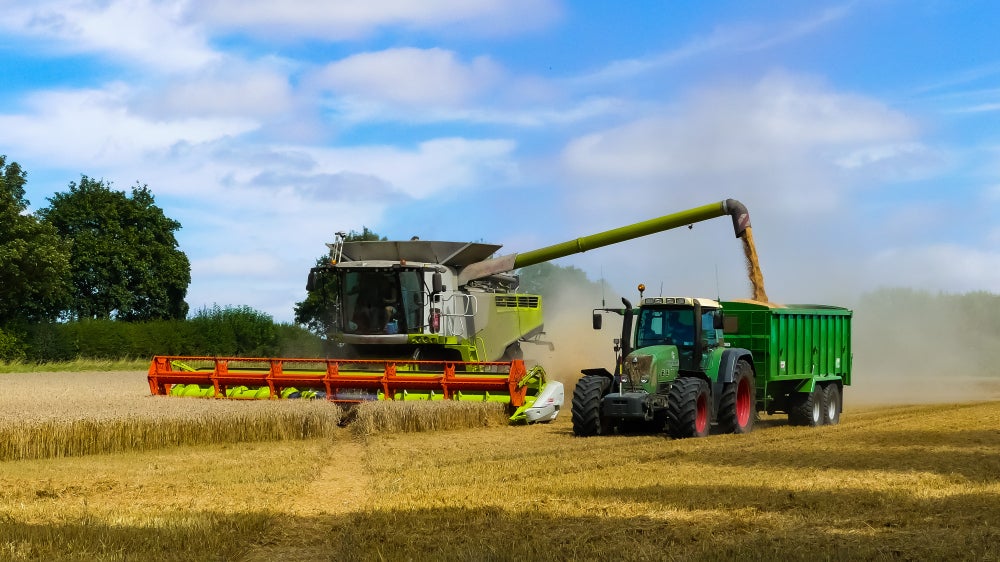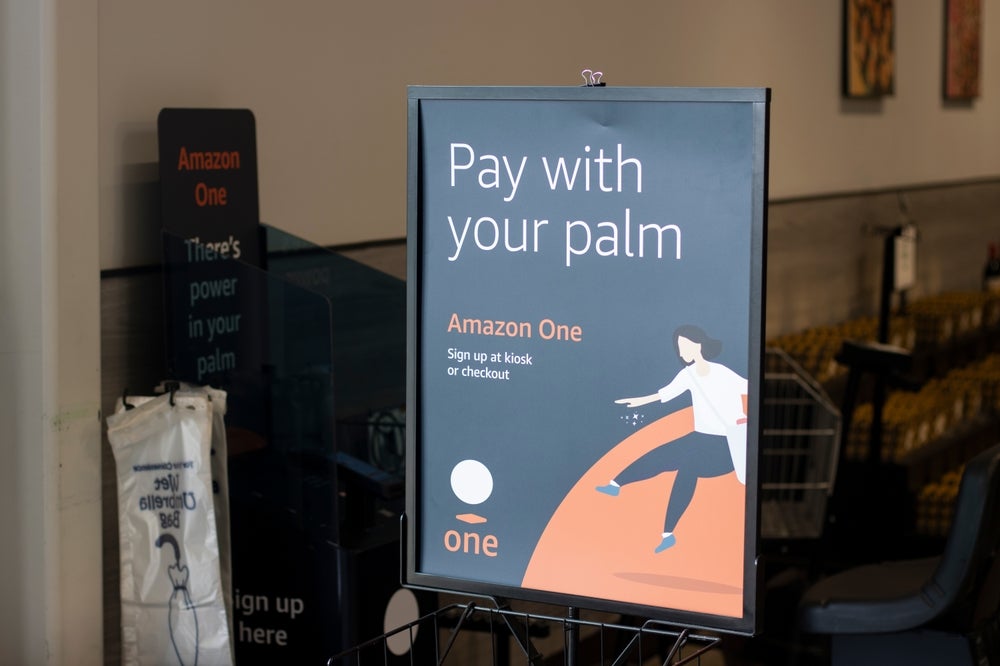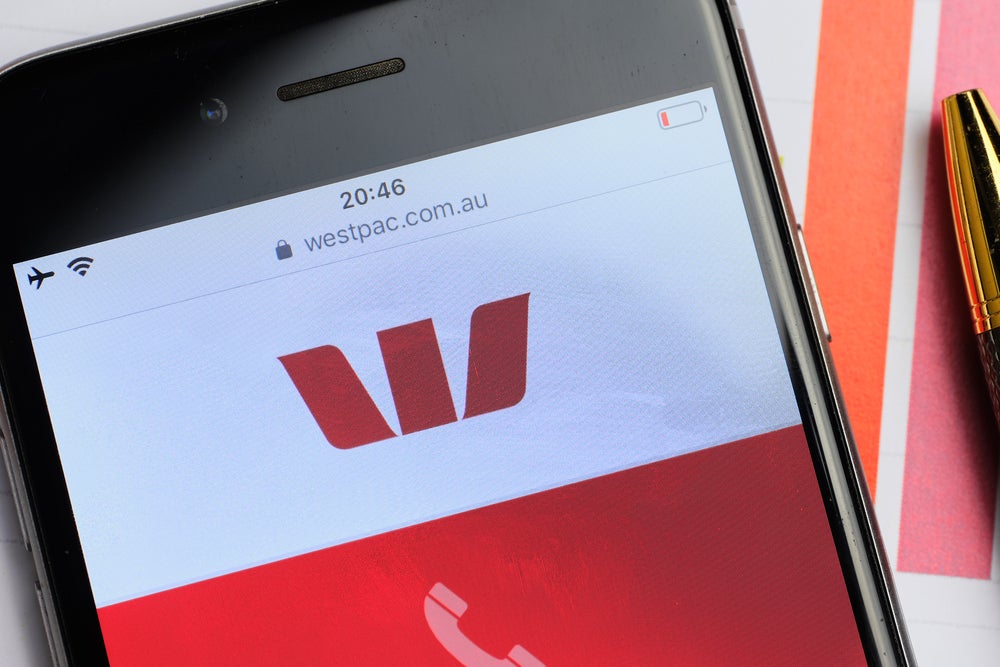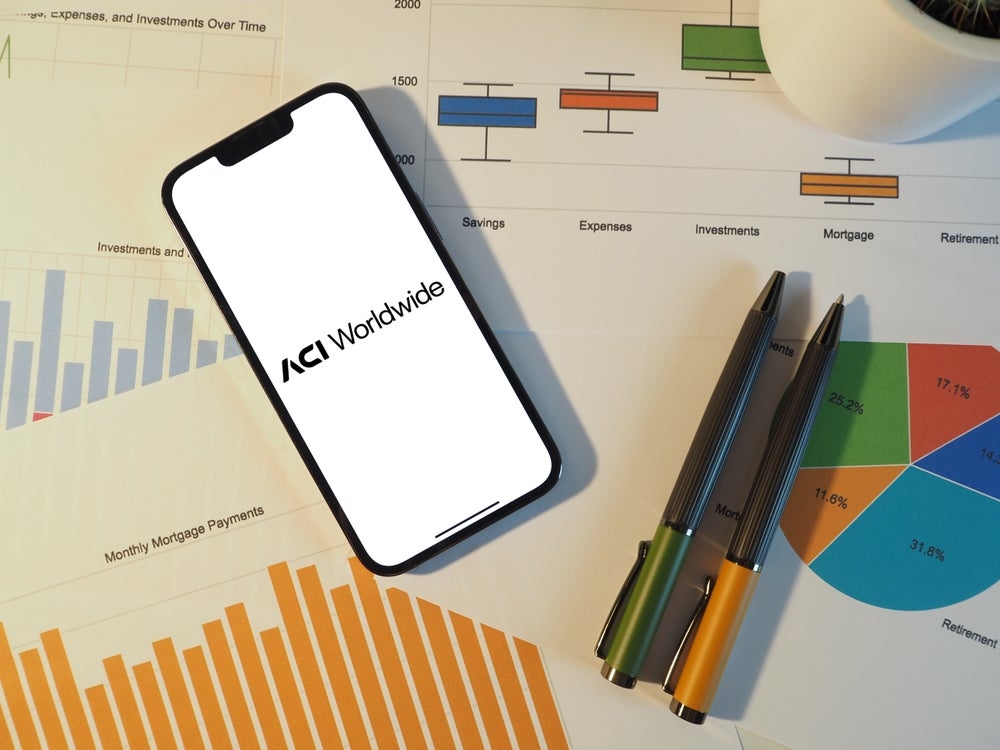As the world continues to endure unprecedented economic and social conditions, the state of banking continues to evolve. Andy Schmidt, Global Industry Lead – Banking at CGI, shares his perspective on the present and the future.

2020 is a year that will be remembered as one where payments shifted, slowed, and accelerated all at the same time as consumers and businesses reacted to the pandemic.
These conditions saw rapid changes taking place in a matter of months rather than years or decades that are normally required, and these changes will have significant impacts on the way we make payments going forward.
Here are a few of the changes we saw this year, as well as what we can expect to see in what will – hopefully – be a less-turbulent 2021.
Contactless payments are (almost) ready for prime time
The long-promised contactless payment has finally made headway in multiple markets around the world.
How well do you really know your competitors?
Access the most comprehensive Company Profiles on the market, powered by GlobalData. Save hours of research. Gain competitive edge.

Thank you!
Your download email will arrive shortly
Not ready to buy yet? Download a free sample
We are confident about the unique quality of our Company Profiles. However, we want you to make the most beneficial decision for your business, so we offer a free sample that you can download by submitting the below form
By GlobalDataIn reality, many of the POS readers deployed in the market already have contactless capabilities, however, the act and cost of enabling these capabilities was positioned as a customer safety measure by many merchants, including quick serve restaurants and convenience stores.
And yet, the quality of these implementations remains highly variable as many of these contactless readers still fail to read the card correctly (requiring you to dip and/or swipe), or require you to sign for the transaction, as well as press at least one button to accept the charge, meaning that you still need to have your hand sanitizer at the ready.
2021 should see the quality of these implementations improve to have a higher read/acceptance rate, as well as more closely follow card scheme rules regarding signature requirements for lower dollar amounts, speeding up social -distanced lines, while keeping patrons and employees safe.
Alternative payments will become a standard offering
While contactless payments typically refer to cards, the push to pay from a distance has opened the door for all the other “-pay” types (e.g., AliPay, Apple Pay, Google Pay, etc.), which use QR codes or the NFC chip built into the mobile handset.
As with contactless, your mileage will vary, meaning that you will have to be patient and possibly ambidextrous as you reach for your wallet with your off hand, if paying with your phone doesn’t work.
Market demand will make for a better 2021 as the quality of implementations improve for the simple reason that you do not need your physical wallet if you have your phone.
CBDC as a payment type shifts from “if” to “when”
Central bank digital currency (CBDC) allows central banks to issue fiat-backed digital currency to, among other things, make payments safer from crime, eliminate the need for and alleged dangers of physical cash, and prevent the coin shortages that many are seeing as consumers either stay home or switch to the electronic payments mentioned above.
And, while many central banks are pursuing CBDC programs that were discussed and lauded at this year’s virtual Sibos, many issues remain.
With a bit of market interest and a good dose of luck, CBDC will be able to overcome some of these identified hurdles such as the significant issue of financial inclusion.
Request to Pay as Overlay
The pandemic, and the financial uncertainty that accompanies it, has caused many consumers to shut off automatic bill pay, creating uncertainty for businesses, landlords, and banks.
And although many consumers are protected against evictions and foreclosures for late or non-payment, many can and still want to pay their bills, albeit on their terms.
Switching from autopay to request to pay enables billers and banks to still be in communication with their debtors without necessitating an embarrassing phone call or email exchange.
This format allows debtors to pay what and when they can and work with their creditors, often allowing them to preserve their credit rating – while enabling banks to avoid reserving for bad debt against the account – because at least some payment is being made.
As real-time payments continues its march around the globe in 2021, the availability of request to pay functionality will bring more businesses onto the real-time rails, creating scalable and much-needed revenue for banks, while also giving businesses much greater clarity on the state of their accounts.
What comes next
The payments market has been remarkably resilient during a time of unparalleled disruption, and many inroads towards more modern, and flexible, payment types have been made.
Although the hopeful news of potential vaccines might cause the market to pause its efforts to continue these advancements, market demand, both from payors and payees, should preserve the advancements that have already been made, and provide compelling reasons to move even further as we move forward, together, as an industry.







